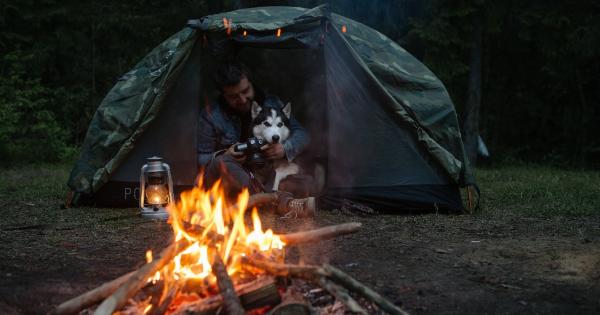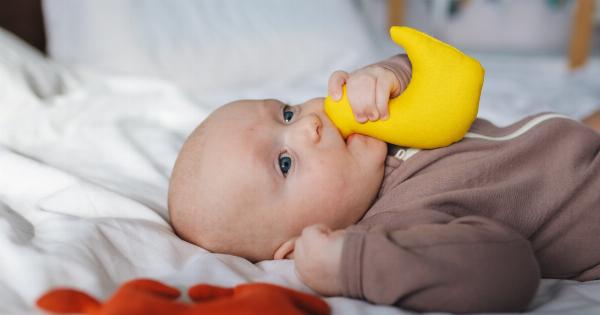Sudden infant death syndrome (SIDS) is a devastating phenomenon that affects infants under 1 year of age. It is also known as crib death or cot death.
In most cases, SIDS occurs when an otherwise healthy infant dies in their sleep, usually during naptime or at night. The exact cause of SIDS is still unknown, but there are ways to reduce the risk of SIDS. Here, we’ll discuss some strategies to prevent SIDS and keep your baby safe.
Back to Sleep
The best way to reduce the risk of SIDS is to place your baby on their back to sleep. This method of sleeping is often referred to as “Back to Sleep” or “the supine position”.
It’s important to place your baby on their back even during the daytime naps. Infants sleeping on their stomach or side are more likely to die of SIDS.
Use a Firm Mattress in a Safe Crib
A firm crib mattress is essential to reduce the risk of SIDS. Soft mattresses or those that are too small can create a risk of suffocation. Also, it’s essential to use a safe crib.
Make sure the crib is in good condition and the side rails are in place. Avoid using bumper pads, pillows, blankets or stuffed animals in the crib, as these items can present a suffocation risk.
Keep Your Baby’s Sleeping Area Free of Obstacles and Hazards
To reduce the risk of SIDS and keep your baby safe, it’s important to ensure the sleeping area is free of obstacles and hazards. Avoid placing the crib near windows, blinds or curtains.
Also, keep the crib away from cords, wires or other items that pose an entanglement or choking risk.
Eliminate Secondhand Smoke Exposure
Secondhand smoke is a silent killer when it comes to the health of babies. Exposure to smoke increases the risk of SIDS, asthma, and other respiratory illnesses. If you or someone you know smoke, it’s important to smoke outside and far away from the baby.
Remember, the smoke can cling to clothing, so it’s important to wash hands and change clothes before holding or caring for the baby.
Breastfeed Your Baby
There is evidence that breastfeeding can significantly reduce the risk of SIDS. Breastfeeding has many health benefits, including providing the baby with protective antibodies and reducing the risk of infections.
Breastfeeding also helps the baby develop better respiratory control and may reduce the risk of sleep apnea. If you’re struggling with breastfeeding, seek help from a lactation consultant or support group.
Do Not Overheat the Sleeping Area
Overheating the sleeping area creates a risk of SIDS. Keep the room temperature between 68 and 72 degrees Fahrenheit. Avoid using too many layers of clothing or blankets. Dress your baby in light clothing, and use a lightweight blanket for warmth.
Make sure your baby doesn’t get too hot during sleep, as this can increase the risk of SIDS.
Consider Using a Pacifier
Using a pacifier during sleep has been shown to reduce the risk of SIDS. The exact reason for this is unclear, but it is believed that a pacifier may keep the airway open, or babies who use pacifiers may wake up more easily.
If your baby doesn’t want to use a pacifier, don’t force it.
Avoid Co-Sleeping
Co-sleeping, also known as bed-sharing, is a controversial topic.
However, it’s important to note that co-sleeping increases the risk of SIDS and other sleep-related infant deaths, particularly in cases where the parents have been drinking alcohol, using drugs or are excessively tired. If you want to sleep close to your baby, use a bassinet or a co-sleeping crib attached to your bed.
Attend Regular Well-Baby Checkups
Regular well-baby checkups are important for the overall health and safety of infants. Well-baby visits provide an opportunity for parents to ask questions and express concerns about their baby’s health, sleeping patterns, and other issues.
Well-baby exams also ensure that your baby is growing appropriately and that there aren’t any underlying medical conditions that may increase the risk of SIDS.
Conclusion
SIDS is a tragic and devastating phenomenon that can strike without warning. While the exact cause of SIDS is still unknown, there are ways to reduce the risk of SIDS.
By placing your baby on their back to sleep, using a firm mattress in a safe crib, keeping the sleeping area free of obstacles and hazards, eliminating secondhand smoke exposure, breastfeeding your baby, avoiding overheating, considering pacifier use, avoiding co-sleeping, and attending regular well-baby checkups, you can help keep your baby safe and reduce the risk of SIDS.



























